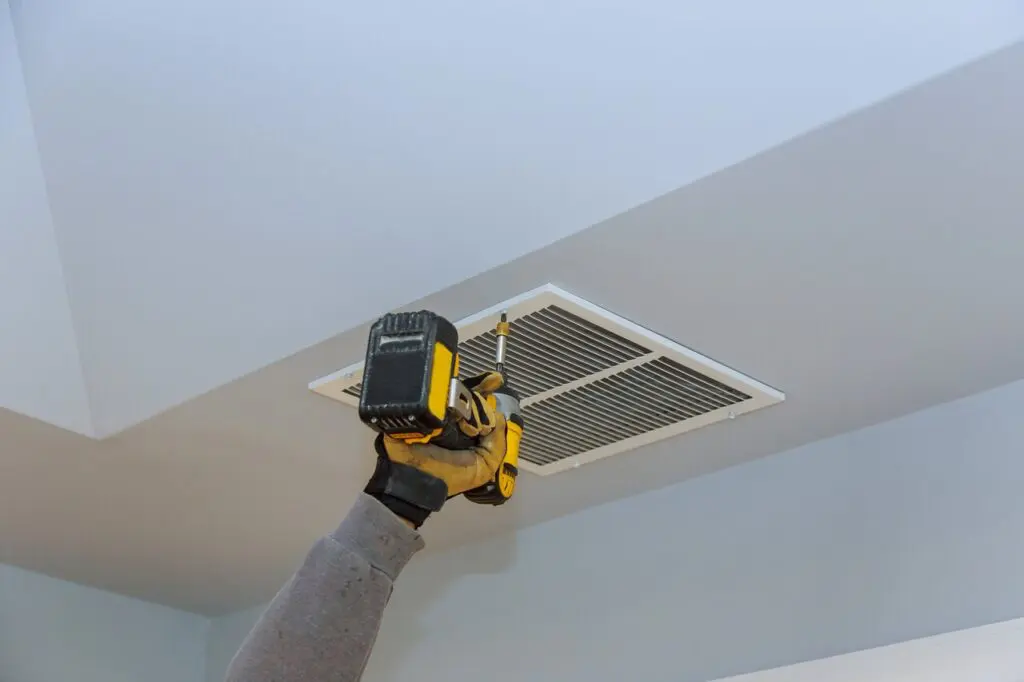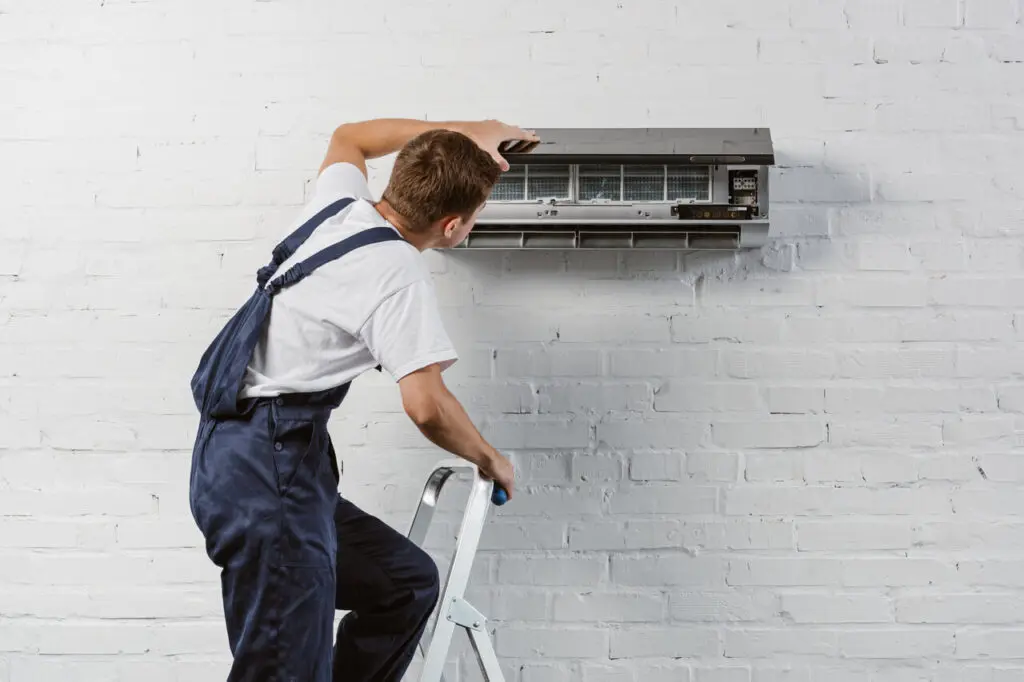Understanding HVAC Zone Control Systems

Discover how an HVAC zone control system can improve comfort and efficiency in Summerville. Coastal Carolina Comfort offers tailored solutions for your home.
How To Tell If Your Air Ducts Are Properly Sealed

Discover how proper air duct sealing can boost energy efficiency and comfort in your Charleston home. Coastal Carolina Comfort can help you get started.
Signs Your Heat Pump Needs Professional Attention

Discover key signs indicating your heat pump needs repair. Address unusual noises, inconsistent cooling, and high energy bills with expert help today.
Why Does My AC Unit Smell Like Mildew?

Discover reasons for mildew smells in AC units and the importance of AC maintenance in Charleston for a fresh and healthy indoor space. Read on!
